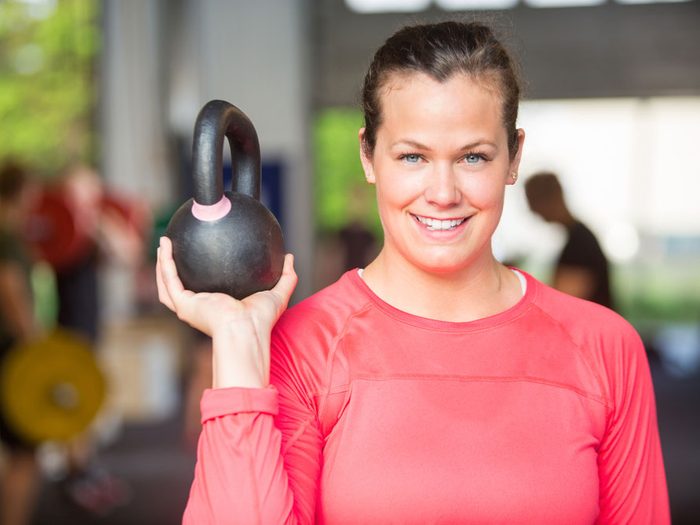
The benefits of functional fitness
Fitness trends abound this time of year. One of the most buzzed-about for 2016 is functional fitness, a method that trains your whole body with exercises that mimic the movements we make doing everyday physical tasks. “I think people are seeing that functional fitness translates into real-life health benefits,” says Greg Carver, a certified trainer and owner of Strength Box gym in Toronto. Here’s what you need to know to decide if functional fitness is right for you.
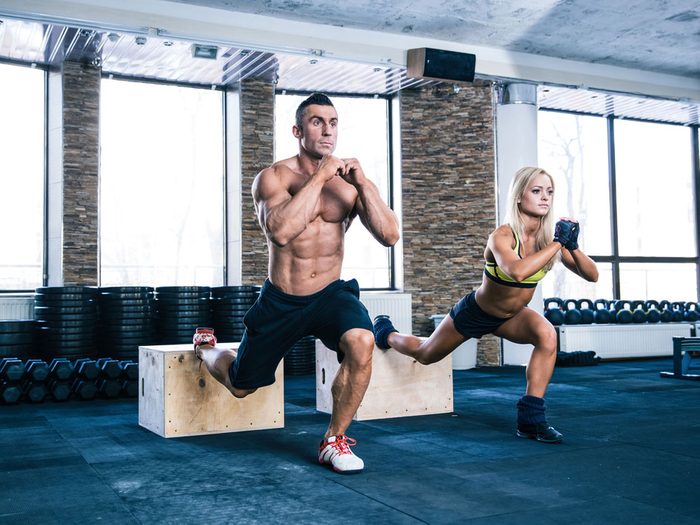
Exercises apply to everyday life
Functional fitness workouts focus on strength-building exercises designed to improve the way you move throughout your daily activities. For example, lunges are a functional exercise taken from real-life movements. “If you’ve ever tried walking up a steep hillside, you’re essentially doing lunges,” says Carver. “With functional fitness, the exercises help you do things like walk up stairs better or carry groceries.”
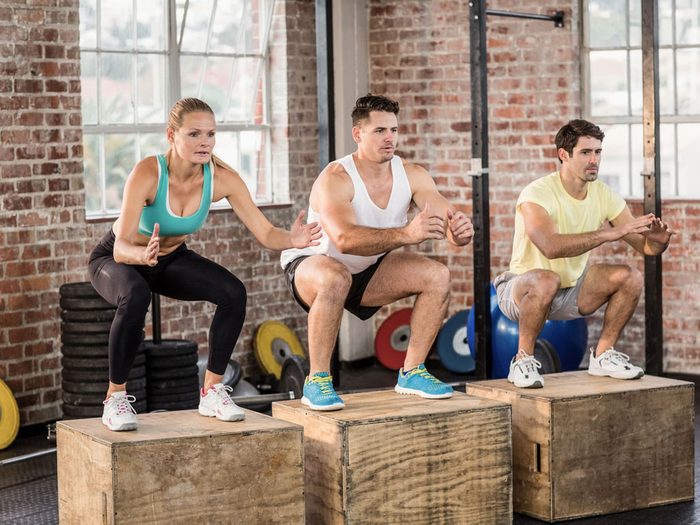
Functional fitness helps you move better
Rather than isolating specific parts of your body such as abs or glutes, functional fitness exercises train your muscles and joints to work together. “I see a lot of people in their 40s and 50s whose basic movement patterns are broken,” says Carver. “They can’t squat, and even the way that they walk and their posture is lacking. They may have been doing exercise, but they haven’t been exercising in a way that improves the way that they move,” says Carver. “With functional fitness, you’re learning to use your whole body and to move in the way that it’s supposed to move,” says Carver.
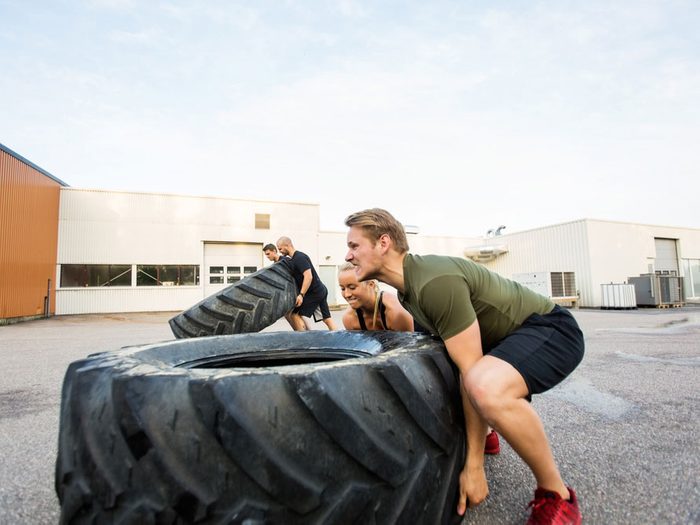
Movements work your whole body
Carver puts functional exercises into four categories. Pushing movements, such as push-ups, build natural upper body strength. Pulling exercises prep your body for real-life activities like rowing. Squatting strengthens muscles for tasks like lifting a heavy box. Rotational movements improve your ability to move from side to side. Combining exercises from all of these categories increases your overall strength and preps your body to accomplish everyday tasks more easily.
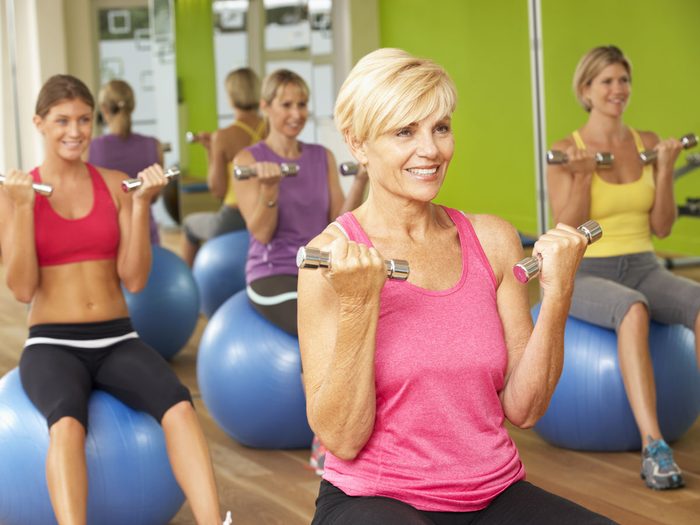
Functional exercises keep you fit as you age
The compound movements practiced in functional fitness improve agility and balance, which can help reduce the risk of falls for older adults. Working multiple muscle groups at once also increases core stability, which can prevent back pain and support your body when you perform physical tasks. “I’m 56 and I’ve never felt better in my life,” says Carver. “A lot of it comes from working my mobility and learning to move smoothly.”
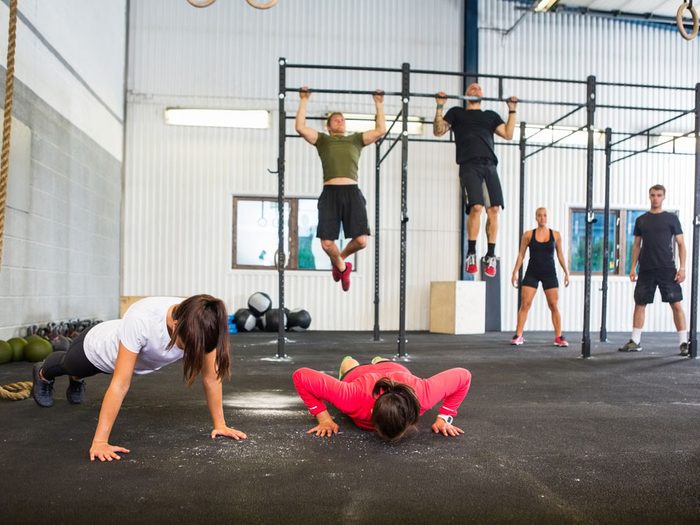
You don’t need machines
Many functional exercises use body weight for resistance, making them easier to do in a park or a home. Some exercises may also incorporate weights, kettle bells or medicine balls.

It’s like grade five gym class – in a good way
In addition to body weight exercises, Carver includes crawling, climbing and jumping in his clients’ workouts. If you think this sounds a lot like middle-school recess, you’re not far off. “Kids do functional activities,” Carver explains. “Everything kids they do in their play is prepping them for an adult life of activity.” Going back to your playground favourites will help you stay limber – and you’ll have fun doing it.
Related:
• 5 Quick Workouts You Can Do in 30 Minutes or Less
• 5 Quick HIIT Workouts for Beginners
• Top 6 Exercises for a Strong Back
